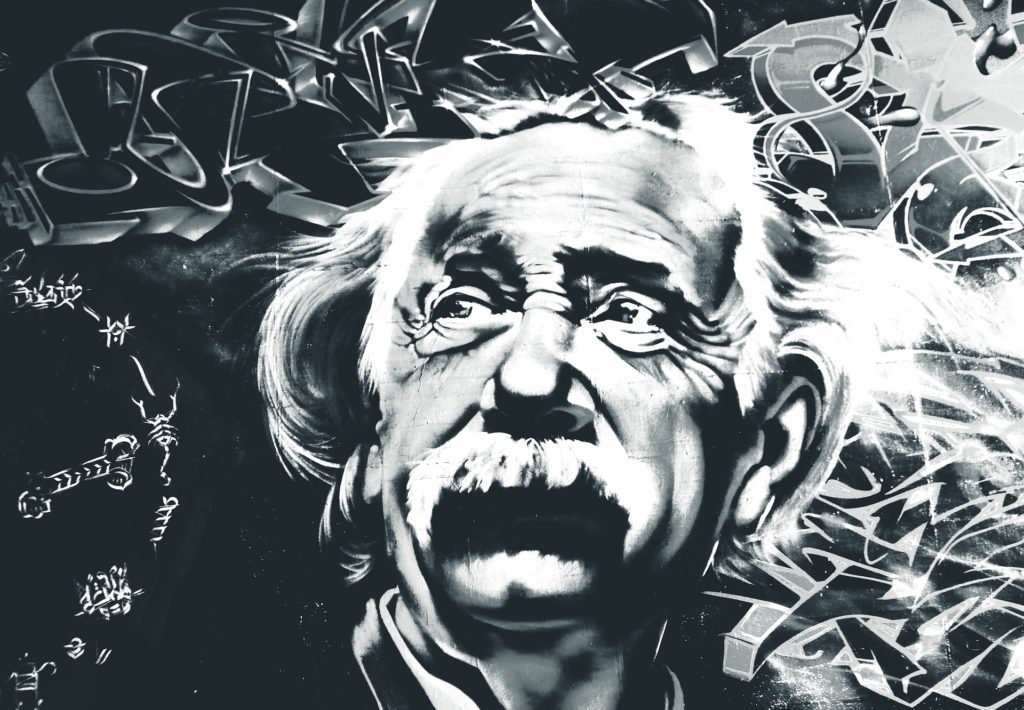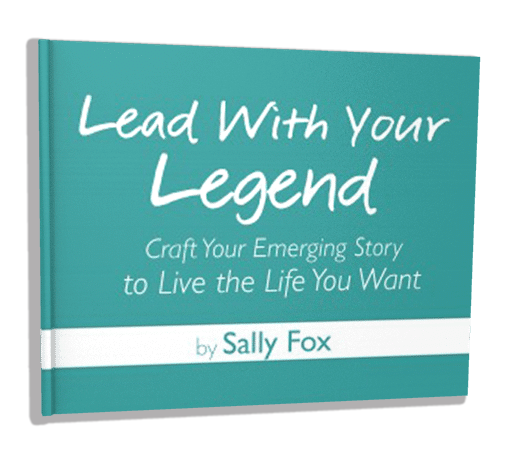
Colossal intelligence that he was, Albert Einstein had a relatively small brain. It measured 1230 grams, on the smaller end of average.
However, what he had that was unusual was an enormous corpus callosum, the bundle of nerve fibers that pass information between the left and right side of the brain’s cerebellum.
The good news is while we can’t be Einstein, we can develop that part of his superpower, the corpus callosum. (His physical brain, fortunately, is in the hands of science.)
Given the stresses of living in our computer-centric, data-overloaded environments, we can use a boost of brainpower to better absorb and integrate information.
Giving the left-brain a break
After a spate of intense analytical activity editing my manuscript, I rewarded my left-brain with a little vacation. I put my right-brain to work this week with drawing classes, a week-long art and consciousness intensive, and singing. The intuitive, musical, artistic (right) side of my brain has been getting a workout. It’s been hugely fun.
Spending time in classes or creating in the studio, I emerged with new eyes. It was as if, at least for a moment, vertical, horizontal, and diagonal lines became more alive. I saw shadows. I felt colors in the landscape and noticed how our fencelines framed our property.
I gazed out the window with fascination.
But when it came time to use the analytical side of my brain and plan a blog post, I hit a wall. The part of my brain that researches, organizes, and writes about ideas said, “No can do. We don’t feel like it.” It offered me no ideas.
I was stuck. “OK left brain,” I said, I’m giving you a break but that doesn’t mean you’re totally off duty.”
No go. It replied, “A break’s a break.”
I reminded it that I need to be able to move between my left and right brain as part of almost everything I do.
Finally, I tried a bribe, “I’ll give you dark chocolate and a long night’s sleep.”
That worked.
Switching hemispheres was harder than I expected.
Brain development is not just for kids
Much of the research done on strengthening the integration of the two sides of the brain through the corpus callosum has been done on children with learning disabilities. Some research has been done on adults with severe brain-related issues. But what about the rest of us?
As working adults, we challenge our brains every day, and often not in good ways.
Think about the modern office, including our virtual ones. We are bombarded with data and live in constant information-overload. I can’t even buy a cover for my MacBook without doing an hour of research. Multiply that by dozens of more important issues and decisions a day.
Plus, we’re being constantly interrupted. I won’t go into the research here, but something as simple as receiving a text in the middle of working on a project can derail our attention. We tax our brains by diverting our attention and then asking our brains to refocus.
Then there’s screen time. How many hours do we spend staring at our screens and tiring our brains with a certain kind of mostly-analytic work? Not to mention the pleasures of too much Zoom. Bottom line: our brains are stressed.
Our attention spans shorten. And our ability to move fluidly between the different sides of our brains may (I posit) decrease.
Time for some cross-hemisphere training
Fortunately, it doesn’t take much to help our brains settle and build back the capacity to move easily between our two hemispheres. The possible benefits of strengthening the corpus callosum are more focus, less stress, less brain fatigue, better ability to move back and forth between tasks, and an increased ability to sustain attention and learn outside of our comfort areas.
More than that, the world urgently needs people who can integrate intuitive wisdom and imagination with the gifts of rational, logical thinking and the ability to work with facts.
I recently started working with Applied Brain Technology (ABT) to see if the hearing loss I’ve experienced might be affecting my capacity to sustain attention and energy. The ear affects the way our brains function. After interviewing me, my ABT coach suggested that the first order of business should be strengthening my corpus callosum.
Fortunately, there are some simple ways to do this in addition to using their programs to support the brain with music and rhythms.
Strengthening brain integration: first steps.
Without going into detail (I promised my left-brain I wouldn’t work it too hard), here are some first steps:
- Write or work with your non-dominant hand. (The goal here is not to be ambidextrous but to challenge your brain.)
- Cross-crawl exercises. Activities that use cross-lateral body movements like crawling, walking or swimming develop brain integration. We gain a brain boost by simply marching in place while extending a hand to the opposite knee (right hand/left knee, left hand/right knee). Four minutes of marching can refresh and reset the brain when stress begins to build.
- Music and singing. Tons to be said here, but I’ll save for later.
- Drumming. On her website, health authority Dr. Christine Northup cites the benefits of drumming for adults and adds, “Research shows that the physical transmission of rhythmic energy to the brain actually synchronizes the left and right hemispheres.”
Not many of us can be like Einstein, but we can learn from his brain.
In a world that needs us to harness the power of intellect and intuition and use all facets of our brain, the timing couldn’t be better.
“If I were not a physicist, I would probably be a musician. I often think in music. I live my daydreams in music. I see my life in terms of music.” ― Albert Einstein













5 Responses
Thank you Sally for the reminder of the important job of our corpus collosum. Mine was damaged at birth and I’ve been working with healing and connecting up my brain for the past 30 years.
Love you
Viana
I didn’t know that. I want to hear more of the story sometime — how they knew it was the corpus callosum that was damaged. No wonder you’ve been a student of so many powerful healing modalities! Thanks for sharing!
I challenge my brain and my muscle memory a couple of time a week. I put on my clothes starting with the opposite foot (shoes/socks), legs (underwear and pants), arm (shirts and jackets). I’ve found that noticing and fully experiencing how my body wants to go back to normal opens my thinking about solving problems.
What a simple but potentially powerful idea. Thanks for sharing, Larry!